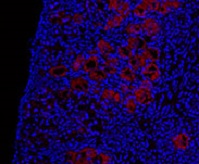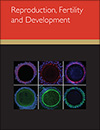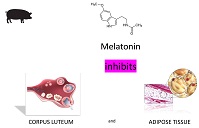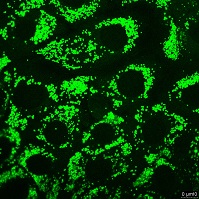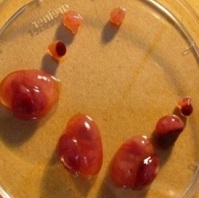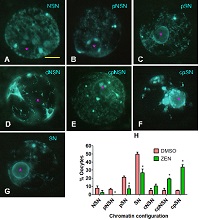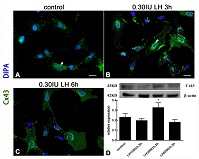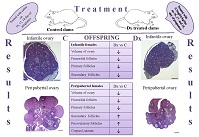Reproduction, Fertility and Development
Volume 33
Number 3 2021
Molecular changes during sex-cell development are essential to understanding how marsupial gonads develop after birth, yet have been investigated in only one species – the tammar wallaby. We found that immature brushtail possum ovaries show the same fluorescence pattern for sex-cell marker DDX4 as tammar ovaries, suggesting a conserved role in marsupial development, but a different species-specific pattern for SSEA1. We conclude that the molecular characteristics of marsupial sex-cell development are diverse and cannot be assumed from one species alone.
Reproduction is controlled by signals acting both centrally and peripherally. In swine, a model for human medicine, the action of melatonin has been documented at the follicular level. Present research explored a potential effect on the corpus luteum, the temporary endocrine structure that develops after ovulation. Moreover, because adipose tissue is essential for fertility, we sought to study the effect of melatonin on adipogenesis. Our data suggest that melatonin inhibits both luteal function and adipogenesis.
Progesterone can promote prostaglandin (PG) E2 production, but how progesterone affects PGE2 synthesis remains unknown. The findings of this study suggest that progesterone acts via the protein kinase A/extracellular signal-regulated kinase 1/2 pathway to stimulate lipolysis of lipid droplets and degradation of phospholipid to promote PGE2 synthesis in murine cervical epithelial cells.
Recurrent spontaneous abortion (RSA) has been associated with a deficiency in maternal regulatory T cells (Tregs). Adoptive transfer of Tregs may play a role in protecting embryos in women with RSA. Adoptive transfer of induced (i) Tregs resulted in normal pregnancy rates in abortion-prone mice. iTregs may have potential therapeutic benefits in patients with RSA.
Because zearalenone (ZEN) can enter the food chain and cause health problems, studies of its toxic effects on oocytes are of great importance for healthy reproduction in both humans and animals. This study demonstrates that ZEN dose-dependently compromises the competence of mouse oocytes by causing oxidative stress and impairing chromatin configuration and gene transcription. These data will contribute to our understanding of the mechanisms by which ZEN and other similar toxins impair oocyte quality, and thus female reproduction.
Gap junctions play an important role in follicle development. In this study we investigated the effects of LH on connexin (Cx) 43, the primary Cx of granulosa cell gap junctions. LH upregulated Cx43 expression in granulosa cells by activating the Wnt/β-catenin signalling pathway. These results indicate that in addition corpus luteum formation, LH also promotes the development of growing follicles.
The female reproductive system begins to form early during fetal development. If adverse conditions are experienced during this period, the normal progression of developmental processes may be changed, with potentially long-term consequences. In this study, overexposure to glucocorticoids during fetal life disturbed ovary development after birth and delayed the onset of puberty, potentially affecting fertility in adulthood. Our results are of interest for epidemiological studies because the conditions that result in this outcome are entwined with the everyday life of modern women and future mothers.
